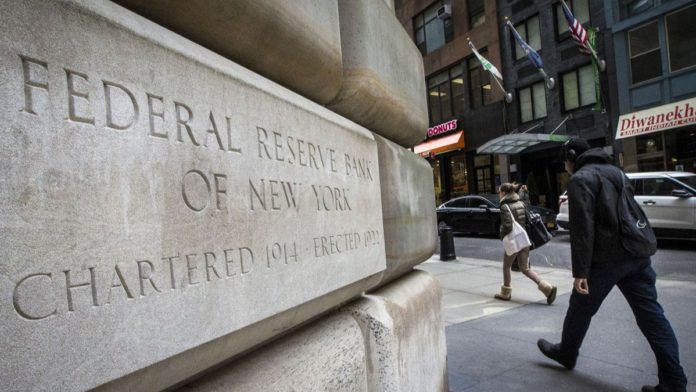Following the FTX meltdown, the US agreed to begin experimenting with a CBDC (central bank digital currencies) digital dollar over the following 12 weeks. On November 15, the Regulated Liability Network (RLN), a proof-of-concept digital currency platform, was made public by the Federal Reserve Bank of New York’s Innovation Center (New York Fed), or NYIC.
According to the New York Fed, the initiative would investigate the viability of a shared multi-entity distributed ledger on a regulated liability network that operated as an interoperable network of central bank wholesale digital money and commercial bank digital money. It will engage central banks, commercial banks, and regulated non-banks to enhance financial settlements.
As part of the pilot, massive financial institutions, including BNY Mellon, Citi, HSBC, Mastercard, PNC Bank, TD Bank, Truist, U.S. Bank, and Wells Fargo, will issue tokens and settle transactions using simulated central bank reserves to represent US Dollar via a shared multi-entity distributed ledger. The technology for the pilot initiative, which will be used in a test environment, is being provided by SETL and Digital Asset.
According to the group, the initiative would have a regulatory framework that is in line with current laws requiring know-your-customer (KYC) and anti-money laundering measures. The viability of expanding the platform to include additional digital assets like stablecoins will also be investigated.
Following the completion of the study, the group says it will disclose the results of the pilot program, but participants are not compelled to engage in future endeavors.
Michelle Neal, head of the New York Fed’s market department, stated earlier this month that the central bank saw promise in adopting a digital dollar to shorten settlement times in currency markets. Banking authorities have long been interested in CBDCs, which similar to stablecoins, are digital representations of a state’s fiat currency that are paired 1:1 with a particular fiat currency. But, while stablecoins produced by central banks might aid in the fight against fraud, they ultimately maintain the centralized structure of FIAT currency and plainly include a mass monitoring component.
Read More: El Salvador and Bitcoin Mayhem: Is this crypto experiment failing?
It is unclear what kind of regulatory structure the US would adopt for cryptocurrencies, especially given that the collapse of FTX appears to have set the tone for a complete prohibition. Even though the EU and UK are also investigating CBDCs, at least their legislative initiatives seem to be in favor of crypto assets. Meanwhile, China has made progress in this direction by testing the digital yuan since April in numerous regions, and the currency is even available to WeChat users. Recently, it has added four provinces to its list of CBDC testing regions. In September, Australia announced a pilot project for a digital dollar based on Quorum, an enterprise-grade, private variant of Ethereum. Last month, the Reserve Bank of India (RBI) announced a pilot of its version of CBDC.
The NYIC pilot initiative was introduced shortly after the center released research on its wholesale central bank digital currency initiative on November 4. Project Cedar, the first stage of the CBDC experiment, investigated foreign exchange spot trades to see if a blockchain solution might speed up, lower the cost of, and provide easier access to cross-border wholesale payments.
In a related development, on November 10, the New York Fed and the Monetary Authority of Singapore (MAS) launched a collaborative experiment to see how wholesale CBDCs could simplify multi-currency cross-border payments.


